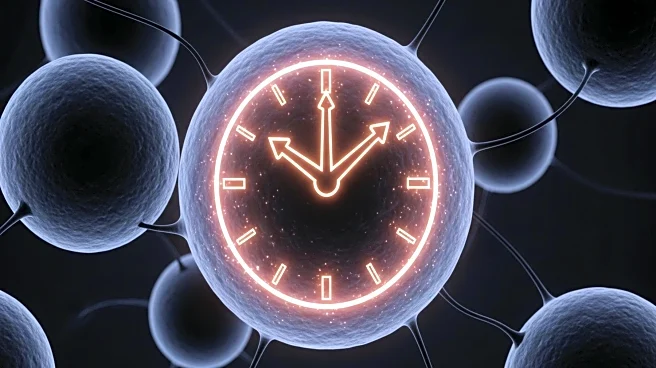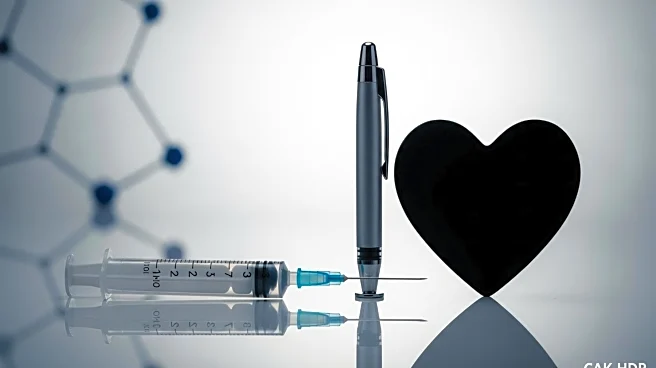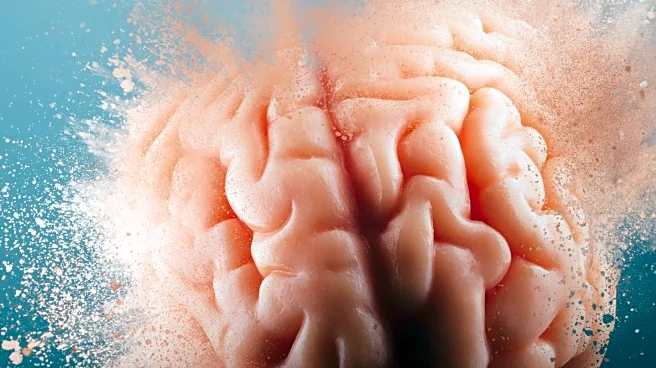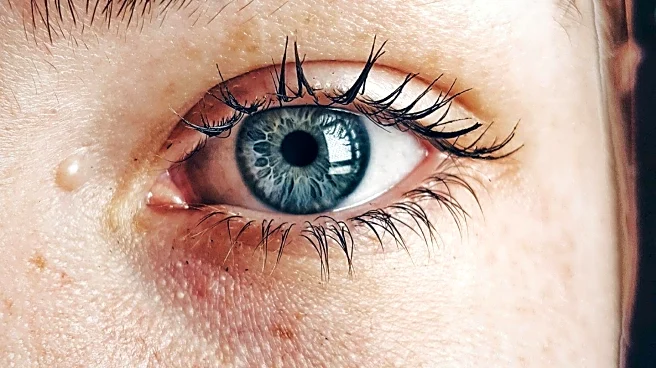What is the story about?
What's Happening?
Recent studies have shown that the circadian clock in subcutaneous adipose tissue does not respond to light stimulation in vitro. This research, conducted using PER2::LUC mice, indicates that while other tissues may exhibit local circadian photoentrainment, adipose tissue remains unaffected by light exposure. The study involved bioluminescence assays on adipose tissue explants, which were subjected to light and dark conditions. Despite previous findings that light can induce circadian clock genes in other tissues, the adipose tissue clock did not show phase shifts in response to light. This discovery adds to the understanding of circadian rhythms and their varying responses across different tissues.
Why It's Important?
Understanding the circadian rhythms of different tissues is crucial for developing targeted treatments for metabolic disorders and obesity. The finding that adipose tissue does not respond to light suggests that interventions aimed at modifying circadian rhythms in adipose tissue may need to consider alternative methods. This could impact how researchers approach the study of metabolic health and the development of therapies that leverage circadian biology. Additionally, it highlights the complexity of circadian systems and the need for further research into how different tissues interact with environmental cues.
AI Generated Content
Do you find this article useful?















